Andreas Schutt
Movement Analytics: Current Status, Application to Manufacturing, and Future Prospects from an AI Perspective
Oct 04, 2022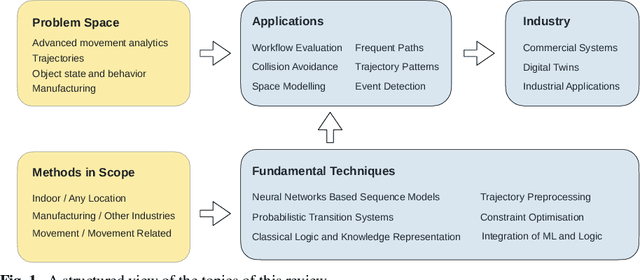
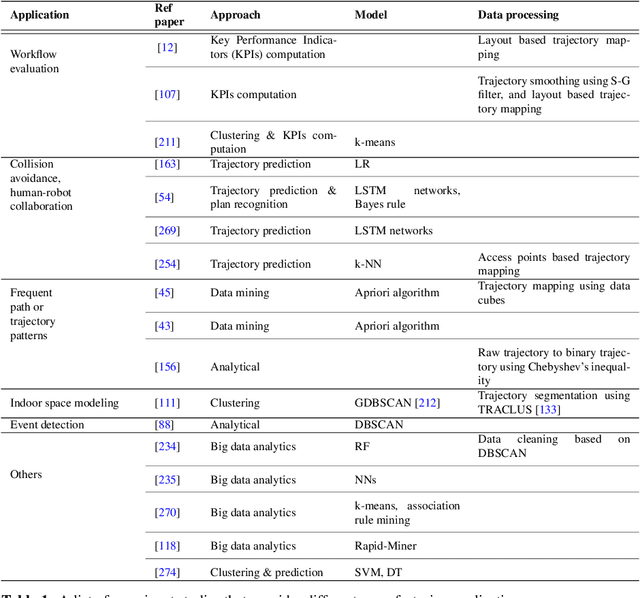
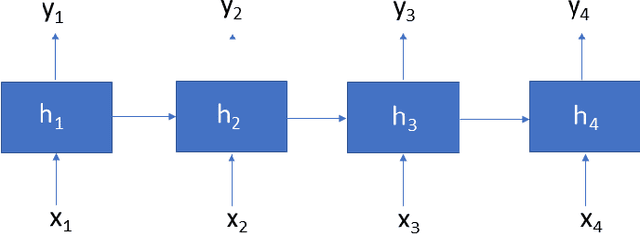
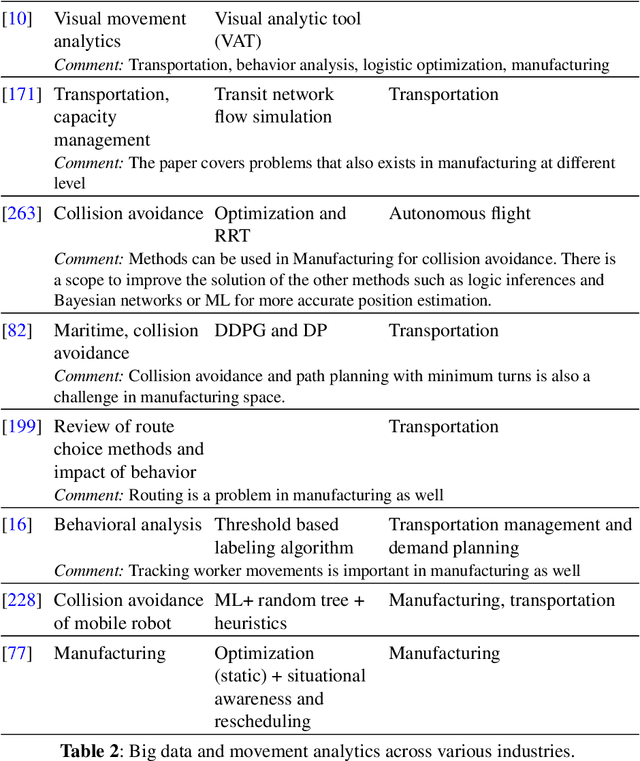
Abstract:Data-driven decision making is becoming an integral part of manufacturing companies. Data is collected and commonly used to improve efficiency and produce high quality items for the customers. IoT-based and other forms of object tracking are an emerging tool for collecting movement data of objects/entities (e.g. human workers, moving vehicles, trolleys etc.) over space and time. Movement data can provide valuable insights like process bottlenecks, resource utilization, effective working time etc. that can be used for decision making and improving efficiency. Turning movement data into valuable information for industrial management and decision making requires analysis methods. We refer to this process as movement analytics. The purpose of this document is to review the current state of work for movement analytics both in manufacturing and more broadly. We survey relevant work from both a theoretical perspective and an application perspective. From the theoretical perspective, we put an emphasis on useful methods from two research areas: machine learning, and logic-based knowledge representation. We also review their combinations in view of movement analytics, and we discuss promising areas for future development and application. Furthermore, we touch on constraint optimization. From an application perspective, we review applications of these methods to movement analytics in a general sense and across various industries. We also describe currently available commercial off-the-shelf products for tracking in manufacturing, and we overview main concepts of digital twins and their applications.
A Constraint Programming Approach for Non-Preemptive Evacuation Scheduling
May 11, 2015



Abstract:Large-scale controlled evacuations require emergency services to select evacuation routes, decide departure times, and mobilize resources to issue orders, all under strict time constraints. Existing algorithms almost always allow for preemptive evacuation schedules, which are less desirable in practice. This paper proposes, for the first time, a constraint-based scheduling model that optimizes the evacuation flow rate (number of vehicles sent at regular time intervals) and evacuation phasing of widely populated areas, while ensuring a nonpreemptive evacuation for each residential zone. Two optimization objectives are considered: (1) to maximize the number of evacuees reaching safety and (2) to minimize the overall duration of the evacuation. Preliminary results on a set of real-world instances show that the approach can produce, within a few seconds, a non-preemptive evacuation schedule which is either optimal or at most 6% away of the optimal preemptive solution.
Explaining Time-Table-Edge-Finding Propagation for the Cumulative Resource Constraint
Sep 10, 2012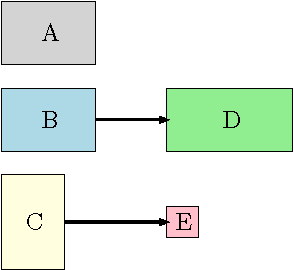



Abstract:Cumulative resource constraints can model scarce resources in scheduling problems or a dimension in packing and cutting problems. In order to efficiently solve such problems with a constraint programming solver, it is important to have strong and fast propagators for cumulative resource constraints. One such propagator is the recently developed time-table-edge-finding propagator, which considers the current resource profile during the edge-finding propagation. Recently, lazy clause generation solvers, i.e. constraint programming solvers incorporating nogood learning, have proved to be excellent at solving scheduling and cutting problems. For such solvers, concise and accurate explanations of the reasons for propagation are essential for strong nogood learning. In this paper, we develop the first explaining version of time-table-edge-finding propagation and show preliminary results on resource-constrained project scheduling problems from various standard benchmark suites. On the standard benchmark suite PSPLib, we were able to close one open instance and to improve the lower bound of about 60% of the remaining open instances. Moreover, 6 of those instances were closed.
Solving the Resource Constrained Project Scheduling Problem with Generalized Precedences by Lazy Clause Generation
Sep 02, 2010
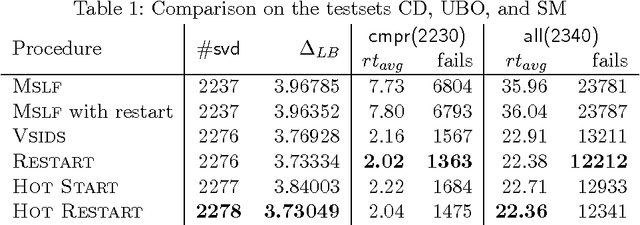
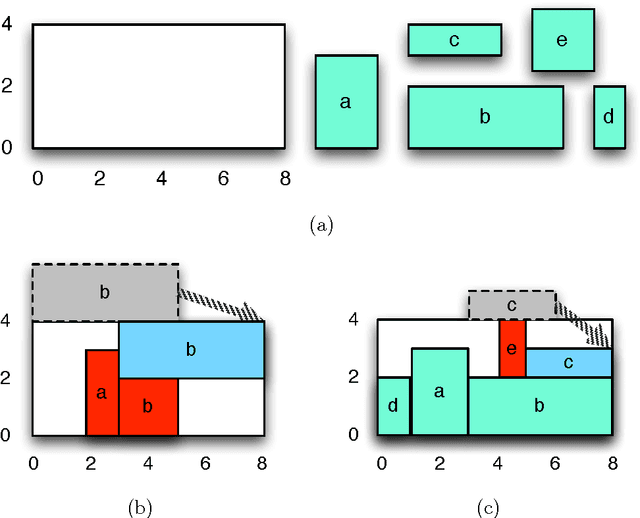

Abstract:The technical report presents a generic exact solution approach for minimizing the project duration of the resource-constrained project scheduling problem with generalized precedences (Rcpsp/max). The approach uses lazy clause generation, i.e., a hybrid of finite domain and Boolean satisfiability solving, in order to apply nogood learning and conflict-driven search on the solution generation. Our experiments show the benefit of lazy clause generation for finding an optimal solutions and proving its optimality in comparison to other state-of-the-art exact and non-exact methods. The method is highly robust: it matched or bettered the best known results on all of the 2340 instances we examined except 3, according to the currently available data on the PSPLib. Of the 631 open instances in this set it closed 573 and improved the bounds of 51 of the remaining 58 instances.
 Add to Chrome
Add to Chrome Add to Firefox
Add to Firefox Add to Edge
Add to Edge